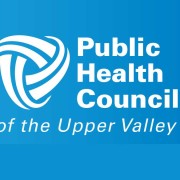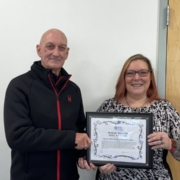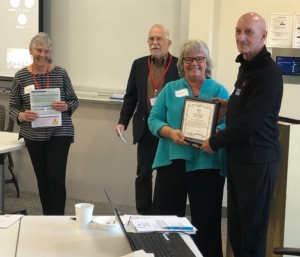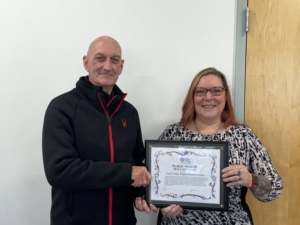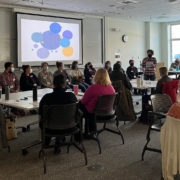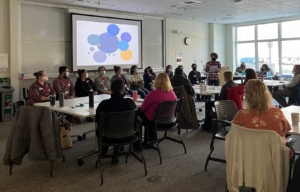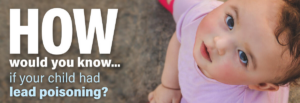Building on Momentum: How PHC’s Legislative Event Led to Policy Briefs
 Following PHC’s legislative event, our team took the conversations and concerns raised by policymakers and went deeper. Through additional research and analysis, we developed a series of policy briefs to provide legislators with actionable insights on key public health challenges. These briefs offer evidence-based recommendations to inform decision-making and drive meaningful change.
Following PHC’s legislative event, our team took the conversations and concerns raised by policymakers and went deeper. Through additional research and analysis, we developed a series of policy briefs to provide legislators with actionable insights on key public health challenges. These briefs offer evidence-based recommendations to inform decision-making and drive meaningful change.
Below are summaries of each brief, with links to the full documents for further reading.
Enhancing Substance Misuse Treatment and Recovery Systems in New Hampshire and Vermont
Substance misuse continues to be a major public health concern in both states, with prevalence rates exceeding national averages. This policy brief outlines legislative efforts in New Hampshire and Vermont aimed at improving access to treatment, strengthening recovery housing, and implementing harm reduction strategies. Key policy actions include:
- Expanding harm reduction programs and legalizing drug-checking equipment in New Hampshire
- Enhancing Medicaid coverage for treatment and supporting overdose prevention centers in Vermont
- Protecting funding for treatment and prevention programs, such as New Hampshire’s Alcohol Fund
Read the full policy brief here. (LINK)
Addressing the Criminalization of Homelessness Through Policy Reform
The increasing use of punitive measures against individuals experiencing homelessness has exacerbated public health and safety concerns. This policy brief highlights the urgent need for legislative action to shift from criminalization to supportive housing and services. Key recommendations include:
- Implementing right to shelter policies to ensure emergency housing for vulnerable populations
- Expanding funding for permanent supportive housing and rental assistance programs
- Reducing reliance on law enforcement for homelessness-related issues and increasing investments in social services and outreach programs
Read the full policy brief here. (LINK)
Enhancing Children’s Behavioral Health Through Funding and Workforce Initiatives
Children’s behavioral health services are facing a workforce crisis, with shortages of mental health professionals and inadequate funding creating barriers to care. This policy brief examines legislative solutions to strengthen the system and improve access to services. Key policy actions include:
- Expanding loan forgiveness programs and scholarship initiatives to increase the workforce of child behavioral health specialists
- Increasing Medicaid reimbursement rates to sustain provider participation and enhance service availability
- Supporting school-based mental health programs to integrate behavioral health services directly into educational settings
Read the full policy brief here. (LINK)
Expanding Access to Dental Care for Medicaid Patients in the Upper Valley
Access to dental care for Medicaid patients in New Hampshire and Vermont remains a significant challenge, with low provider participation and coverage limitations restricting access. This policy brief explores legislative solutions to expand dental care access and improve oral health outcomes. Key policy actions include:
- Increasing Medicaid reimbursement rates to incentivize more dentists to accept Medicaid patients, as seen in Vermont’s recent rate adjustment to 75% of commercial rates
- Expanding comprehensive adult dental benefits to ensure coverage meets the needs of Medicaid recipients, addressing gaps in preventative care and restorative care
- Enhancing provider participation efforts by reducing administrative burdens and increasing recruitment incentives for dental professionals.
Read the full policy brief here. (LINK)
These policy briefs are designed to serve as tools for legislators, equipping them with the necessary data and context to make informed policy decisions. PHC remains committed to supporting evidence-driven solutions that address public health challenges in our communities.
Stay connected with PHC for continued updates on our research and advocacy efforts.
— Written by Vismaya Gopalan, ’82 UVCI Fellow to the PHC, Dartmouth College
